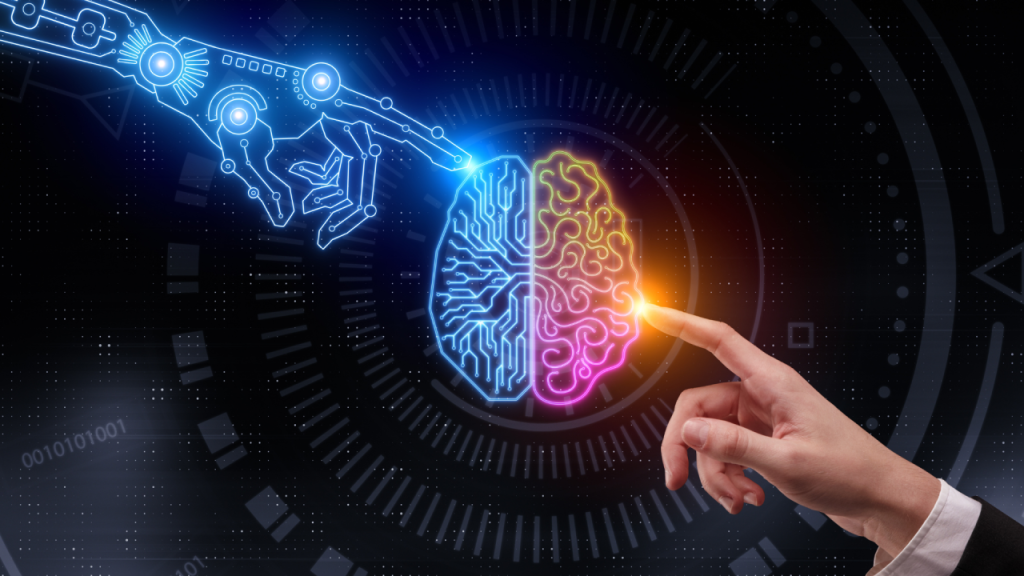The Reinforcement Learning Framework

Reinforcement Learning
-
Introduction to Reinforcement Learning
Reinforcement learning (RL) is a prominent machine learning paradigm that focuses on training algorithms to make sequential decisions. Unlike supervised learning, where the model is trained on labeled data, and unsupervised learning, where it learns patterns from unlabeled data, RL is all about learning through interaction with an environment. The core idea behind reinforcement learning is to reward desired behaviors and punish undesired ones, enabling agents to learn optimal strategies over time.
-
Key Components of Reinforcement Learning:
In reinforcement learning, several key components work together:
– Agent: This is the entity that learns and makes decisions. It interacts with the environment by taking actions.
– Environment: The environment represents the external system with which the agent interacts. It provides feedback in the form of rewards and states.
– Actions: Actions are the choices made by the agent that affect the state of the environment. The agent selects actions based on its current policy.
– Rewards: Rewards are numerical values that the agent receives as feedback after taking actions. They indicate the desirability of the agent’s actions.
– Policies: Policies are strategies or rules that guide the agent’s decision-making process. They map states to actions and determine the agent’s behavior.
-
Reinforcement Learning Algorithms:
Reinforcement learning encompasses a variety of algorithms designed to solve different types of problems. Some notable ones include:
– Q-Learning: A model-free algorithm that estimates the value of taking actions in different states. Q-Learning aims to find the optimal policy by iteratively improving these value estimates.
– Deep Q-Networks (DQN): Combining Q-Learning with deep neural networks, DQN is effective in handling high-dimensional state spaces, often seen in video games and robotics.
– Policy Gradient Methods: These algorithms directly learn the policy function that maps states to actions, making them suitable for continuous action spaces and complex, non-linear policies.
-
Applications of Reinforcement Learning:
Reinforcement learning has found applications in various domains:
– Robotics: RL helps robots learn to perform tasks like walking, grasping objects, and navigation.
– Gaming: It’s widely used in game AI to train agents that play games at a superhuman level, such as AlphaGo and OpenAI’s Dota 2 bots.
– Healthcare: RL can optimize treatment plans, drug discovery, and personalized medicine.
– Finance: It’s used for portfolio optimization, trading strategies, and risk management.
– Autonomous Vehicles: RL aids in training self-driving cars to make safe and efficient decisions on the road.
-
Challenges and Future Directions in Reinforcement Learning (Approx. 100-120 words):
Despite its successes, RL faces several challenges. Sample inefficiency, where RL algorithms require vast amounts of data, is a significant hurdle. Safety concerns also arise, especially in real-world applications like autonomous vehicles and healthcare.
Future directions in RL include developing more sample-efficient algorithms, enhancing safety mechanisms, and addressing ethical concerns. Integrating RL with other machine learning paradigms, such as imitation learning and meta-learning, holds promise in advancing the field.
In summary, reinforcement learning is a dynamic area of machine learning that focuses on learning optimal decision-making strategies through interaction with an environment. It has diverse applications and ongoing research to overcome its challenges and shape its future.





